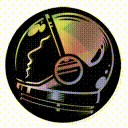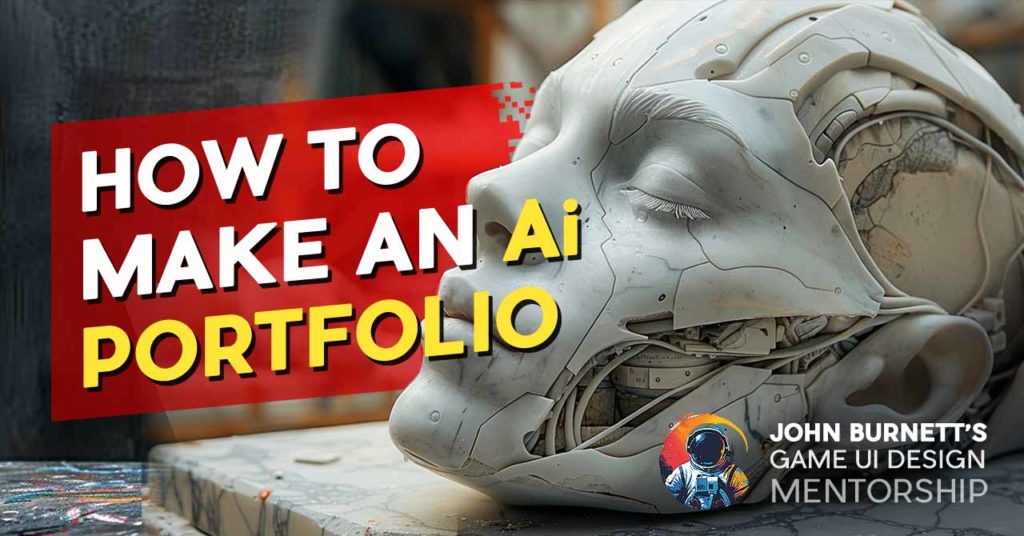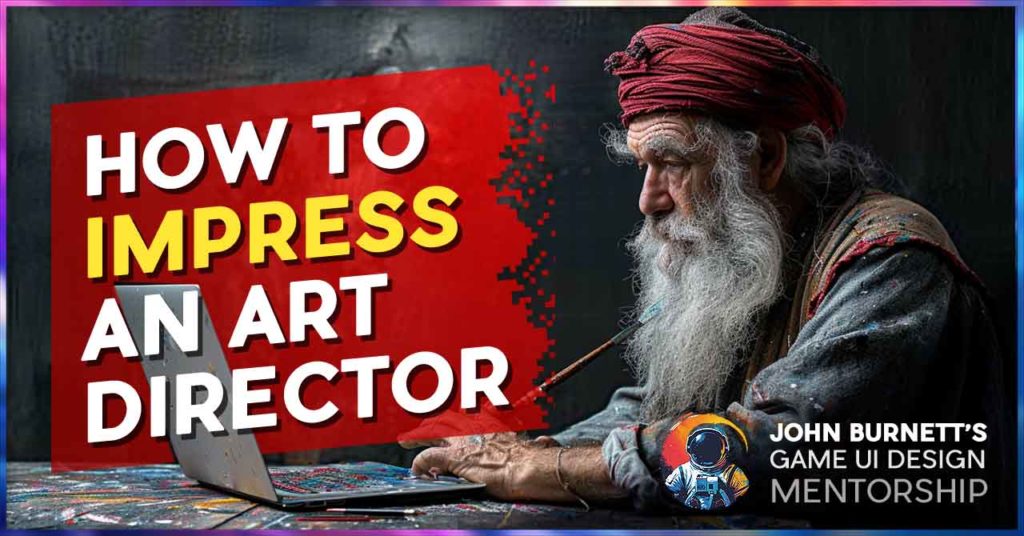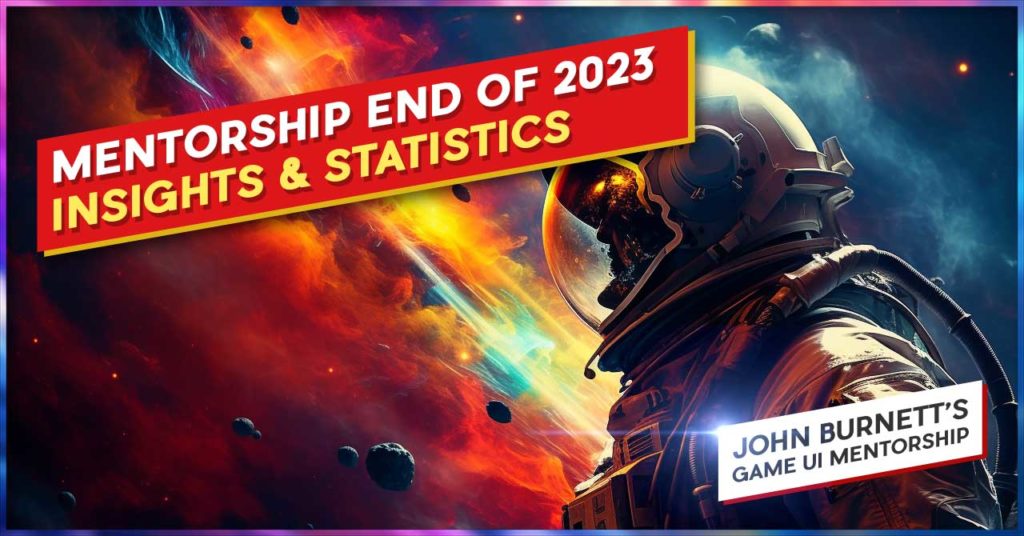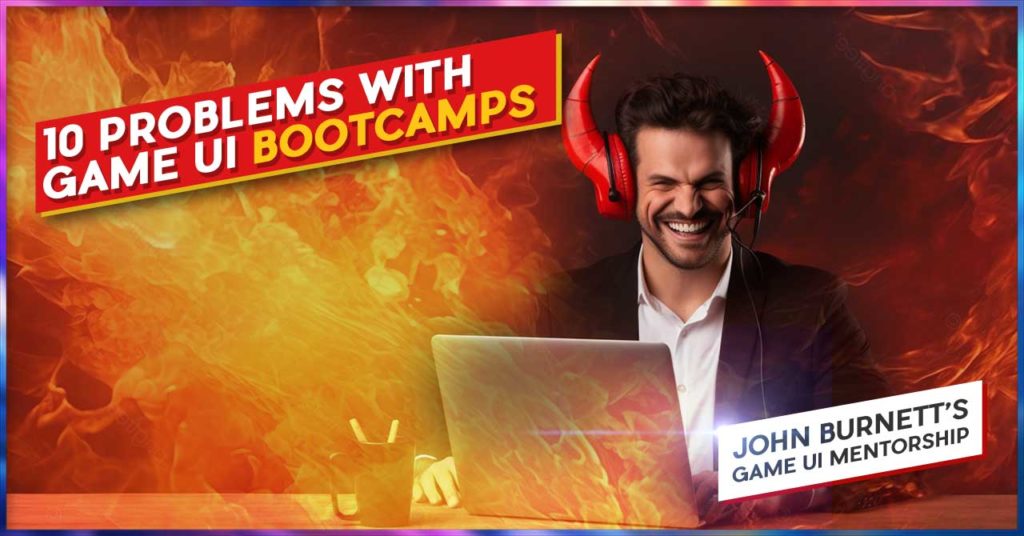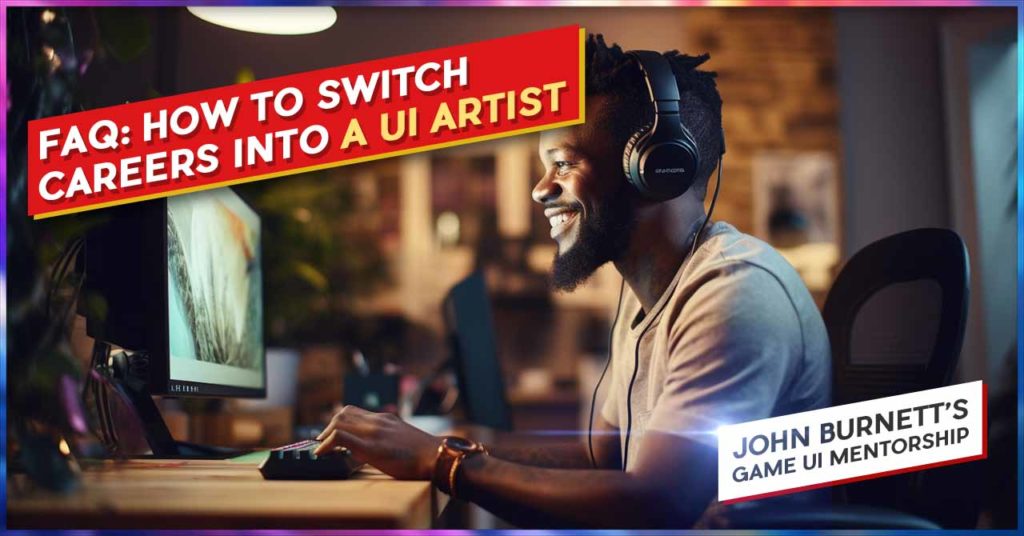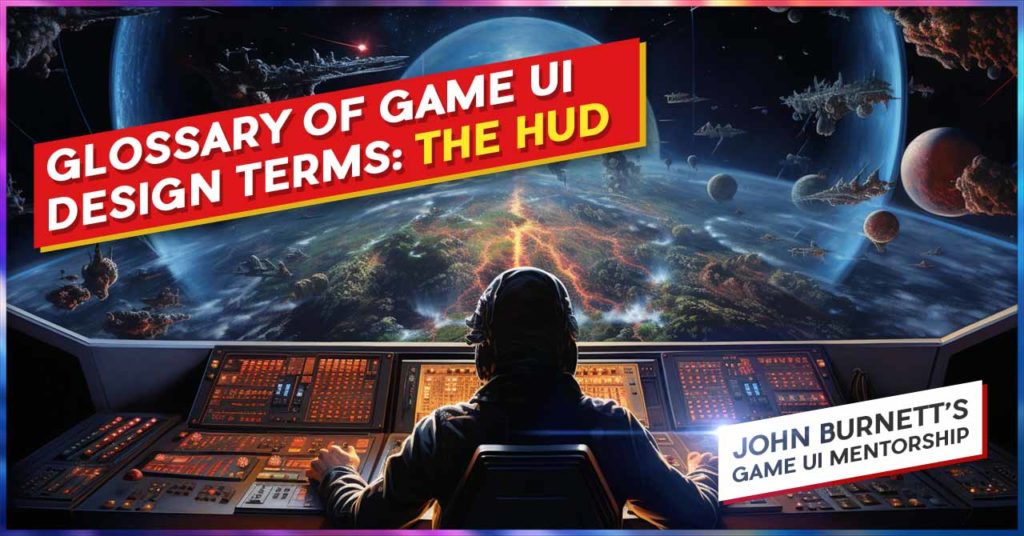HOW TO FIND YOUR FIRST GAME UI UX DESIGN JOB OPPORTUNITY
HOW TO FIND YOUR FIRST GAME UI UX DESIGN JOB OPPORTUNITY
GAME UI UX DESIGN COURSE
FIRST EDITION
This is a First Edition draft, so there may be some flubs, misprints or even a shameful broken link. Pardon our dust, I am always continuing to improve and update my blogs!
Getting a job in the video game industry is challenging on the best of days – especially if you aren’t part of a design Mentorship or bootcamp. But these are… interesting times. Applying to UI/UX game jobs it in the middle of a ever-changing pandemic is already difficult enough. The challenge is doubled if you’re scouring the internet for your very first video game job as a junior UI UX Designer.
But don’t worry. I’ve been making games for blockbuster AAA Studios (Midway Games, EA, id Software, Glu Mobile, Activision, Microsoft) and barely-there Indies (more names than I can list!) for almost 20 years, so I’ve had more than my fair share of triumphs and gut-punches. Which means I know the application process at almost every stage an for almost every type of studio all too well. Let’s explore just how you can get your first UI UX Design job quickly and with some (?) of your sanity intact.
HOW TO LOOK FOR YOUR FIRST GAME UI UX DESIGN JOB OPPORTUNITY
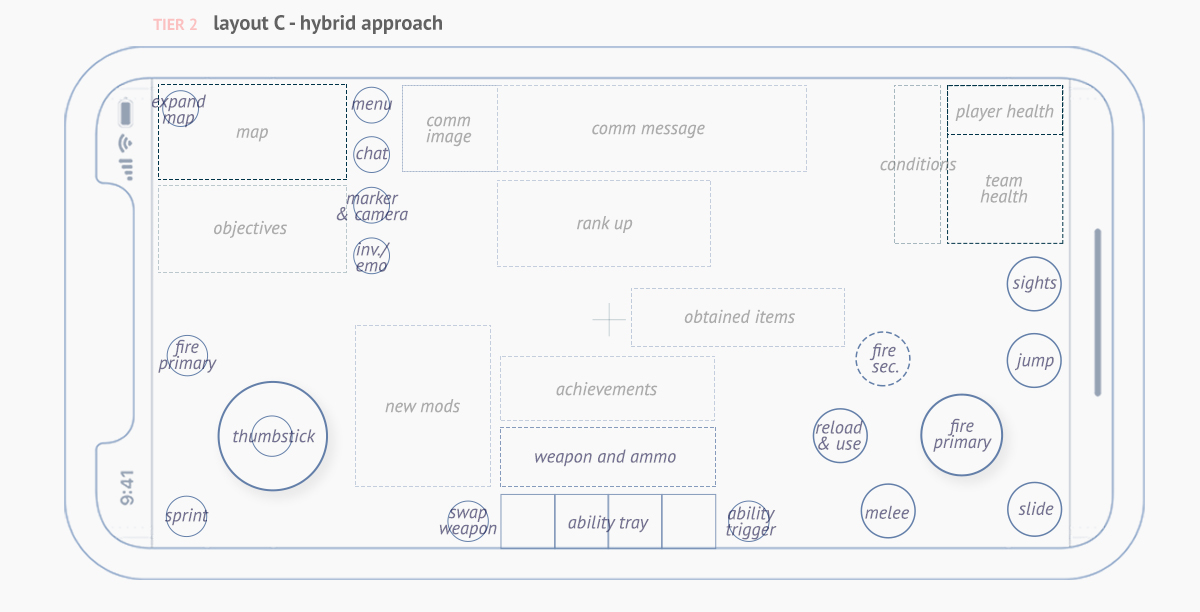
SET UP YOUR GAME UI/UX PORTFOLIO AND RESUME FOR SUCCESS
Not to condescend, but let’s start with the absolute basics: to *physically* apply to a game studio as a UI/UX Artist you will need a resume and a portfolio. Full stop. For a portfolio, I’d suggest 5 projects with 5 images a piece. These can include sketches, wireframes, exploded views of UI assets – in addition to full screens.
If you haven’t already done so, you should set up a LinkedIn profile (you can take a look at mine) – which has long been the industry standard for recruitment and social proof. Again, apologies if this seems obvious, but in my time mentoring UI Artists, you’d be so surprised what is common knowledge and what is the deepest lore…
Don’t forget the single most important element of portfolio design: it’s not for you! A portfolio is meant for one person: the Art Director, and will likely be seen once at a quick glance. If you make it to round 2 of an interview, the Art Director will likely look at your Portfolio for the first time ever with you on a Zoom call.
That means, on average, each company will see your Portfolio once-ish – and quickly! – if they look at it at all. Make sure your skills (wireframing, implementing in Unreal, mobile design, NFTs) and programs (photoshop, Aftereffects, Figma, Unity, etc.) are prominently displayed early, as those qualifications can instantly fast-track you into a UX design job.
Your resume is mostly used as a skeleton key to move forward in online applications these days. The frontliner (the person who will perform the 1st round of the interview) will also likely ask you questions only related to your resume. Once again, be sure to list your programs and skills prominently on your resume; those few extra lines can fast-track you into a game job!
Design your resume to be aesthetically clean and simple, as it will likely be (badly) processed by 3rd party applications that you’ll have to clean up later. A simpler resume will be parsed by the system with parallel ease.
Need to learn more about UI UX Portfolio design?
10 Things an Art Director Looks for When they look at your Portfolio
the 13 Red, Yellow and Green Flags when Interviewing for a UI UX Design Job
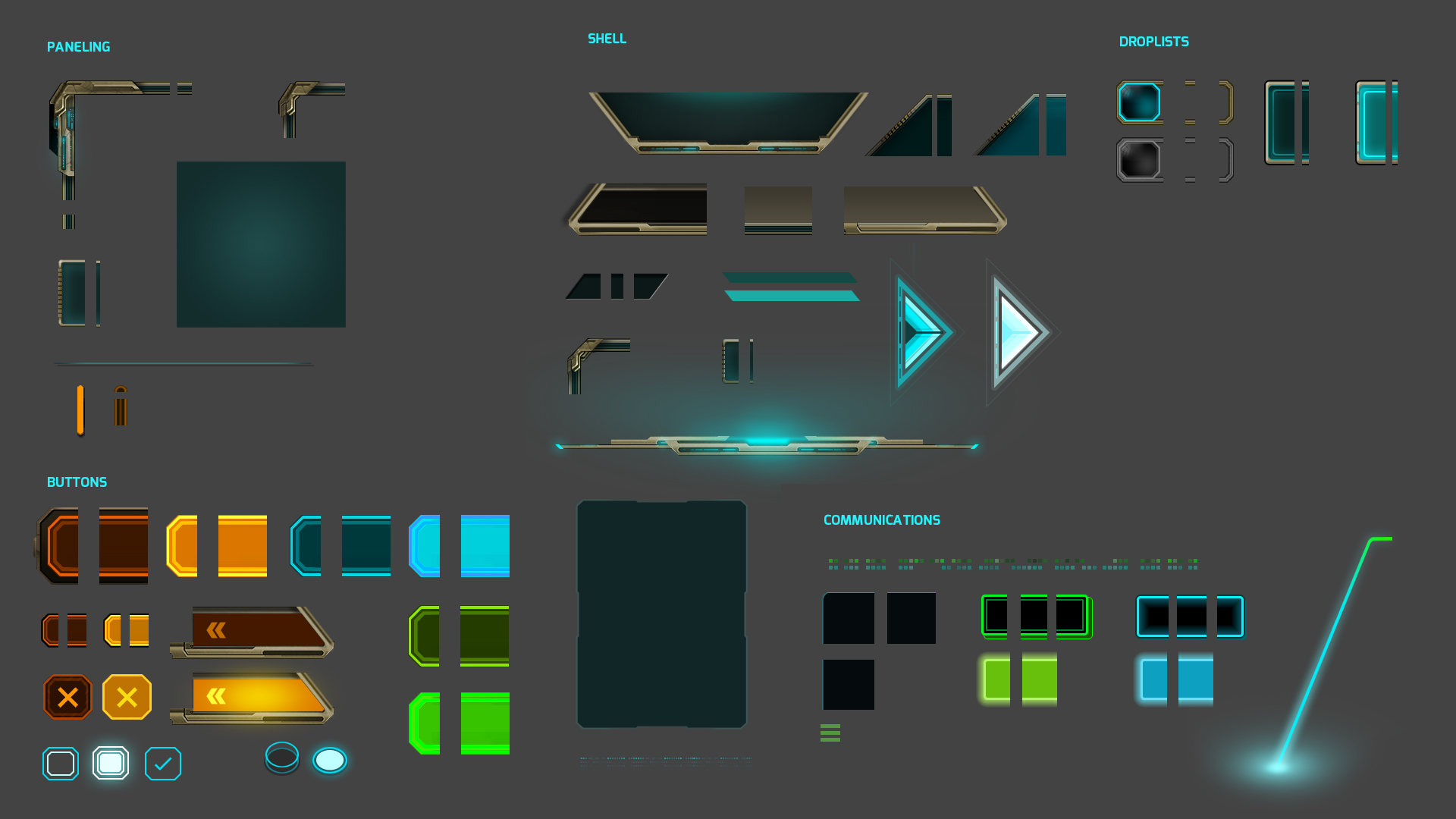
KNOW WHAT THE VIDEOGAME UI UX DESIGN JOB MARKET LOOKS LIKE
The pandemic dramatically changed how companies work, and by extension, how they hire talent like you. Before you start applying willy nilly, make sure you know what kind of studio you’re hitching your wagon to. Let’s divide the Industry up into two noble Houses: Indie and AAA
These days, Indie is the optimal – and often only – starting point for entry-level UI UX designers. Indie tends to be fast-and-loose with its production and timelines. Indie is also far more likely to offer remote work by default, though the quality of their benefits may be quite broad.
Unsurprisingly, Indie is nowhere near as stable as AAA game development – which is relative to the Chernobyl-like stability of the Industry, as a whole. If an Indie company isn’t successful early, they probably won’t have the resources to carry them through becalmed moments. That’s why there are more Indie studios you’ve never heard of than household names.
AAA game development may seem intimidating, but you absolutely can apply and get a video game design job. There are a rainbow-variety of roles available in AAA studios, but they are also fiercely competitive at all levels: Junior through Senior. AAA is also very unlikely to offer remote work, and if they do, be wary that this opens you up to being replaced by somebody local at a future date (regardless of their assurances to the contrary!)
Obviously there’ll be some overlap and mislabeling in saying the world is either AAA or Indie, but this shorthand will help you answer the bigger philosophical questions:
If you prefer small team sizes, intimacy of design decisions, big risk and big reward with big hearts – Indie would definitely be your best bet. Just make sure you have side-bets, gigs and other financial escape routes… just in-case.
Want the prestige, the game commercials, the treehouse culture, and the electronic sprawl of blockbuster game design? You were meant for AAA game development. Just make sure you are putting your absolute best face forward, and make sure you know the software they demand (and hopefully, you’re local!).
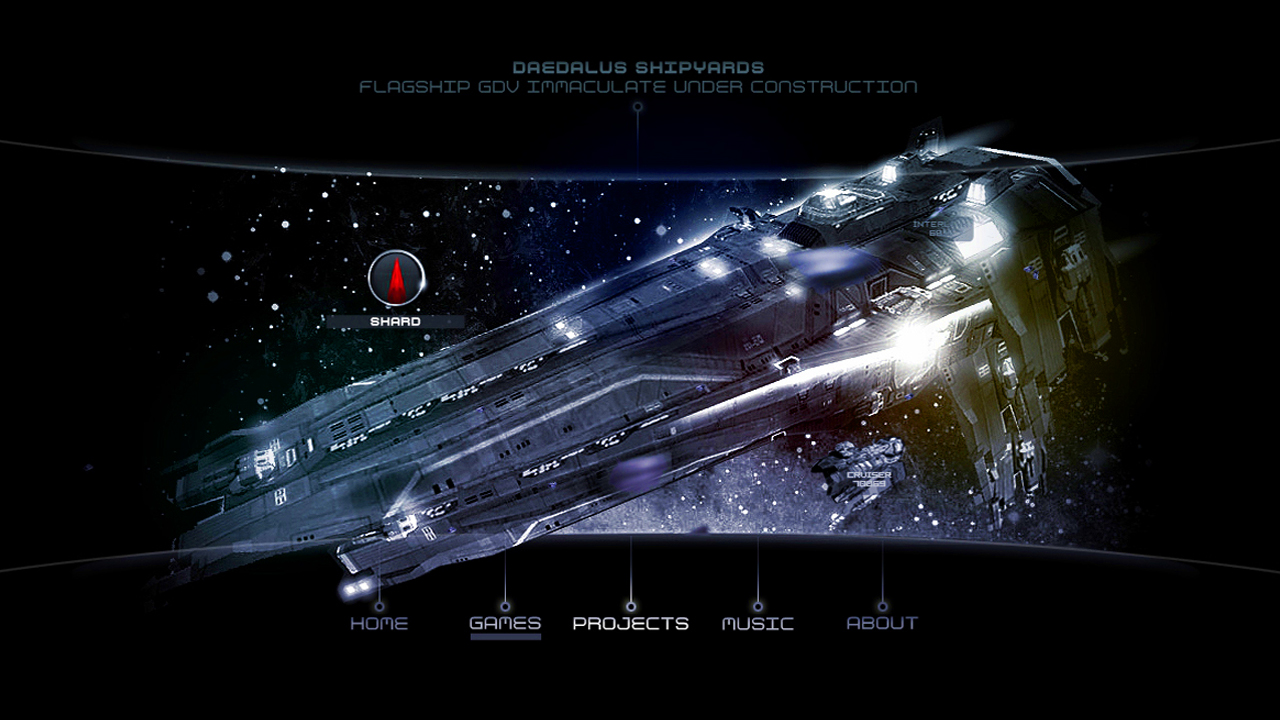
WHERE TO LOOK FOR YOUR FIRST UX DESIGN JOB IN VIDEO GAMES
You’ve got a clean resume, a minimally-viable portfolio and you know which of the Two Great Houses you’d like to start applying to. But how exactly do you find stable, engaging UI UX design jobs in video games?
There are three ways: Google, Job Boards and Recruiters
Google. The best-because-it’s-so-obvious place to look for game jobs is Google: type in “Game UI Artist Job” or “Game UX Design Job” or any variation you’d like, and Google will aggregate almost every job board and potential vacancy it can detect into one list. Be sure to use the filter system and filter by time, as it may default to very old job postings (30+ days old).
Interestingly enough, there are many jobs that do not come up on Google’s job search, so it’s not a flawless catchall. Still, Google should be your first stop, as it finds the lion’s share of the jobs available in real-time.
Job Boards are your next best bet, with the safest and largest being LinkedIn (you did set up a profile, right?). LinkedIn reigns supreme in the quantity and quality of its jobs, as well as its awesome networking power; the cross-chatter of employees, employers and recruiters.
While some Job Boards showcase a broad variety of UI UX jobs, some boards are exclusive to game developer jobs. The following job boards are exclusive to games: Hitmarker and Artstation. Larger studios usually tap recruiters to find talent in a hurry, so if you see a job board posting, it’s likely an Indie studio (with an Indie payroll) – so temper your salary expectations accordingly.
Recruiters are the last method to get an industry job – with wildly varying results. Recruiters are good for finding you AAA studio jobs and indies studios with a budget. They are especially good for junior-level Artists wanting to break into AAA gaming.
But if you’re looking for contractual work, they tend to be teeth-gnashing annoyances as they call by default, often misinterpret your job description, and sometimes don’t even know what they’re searching for as they carpet bomb prospects with ill-fitting corpo jobs…
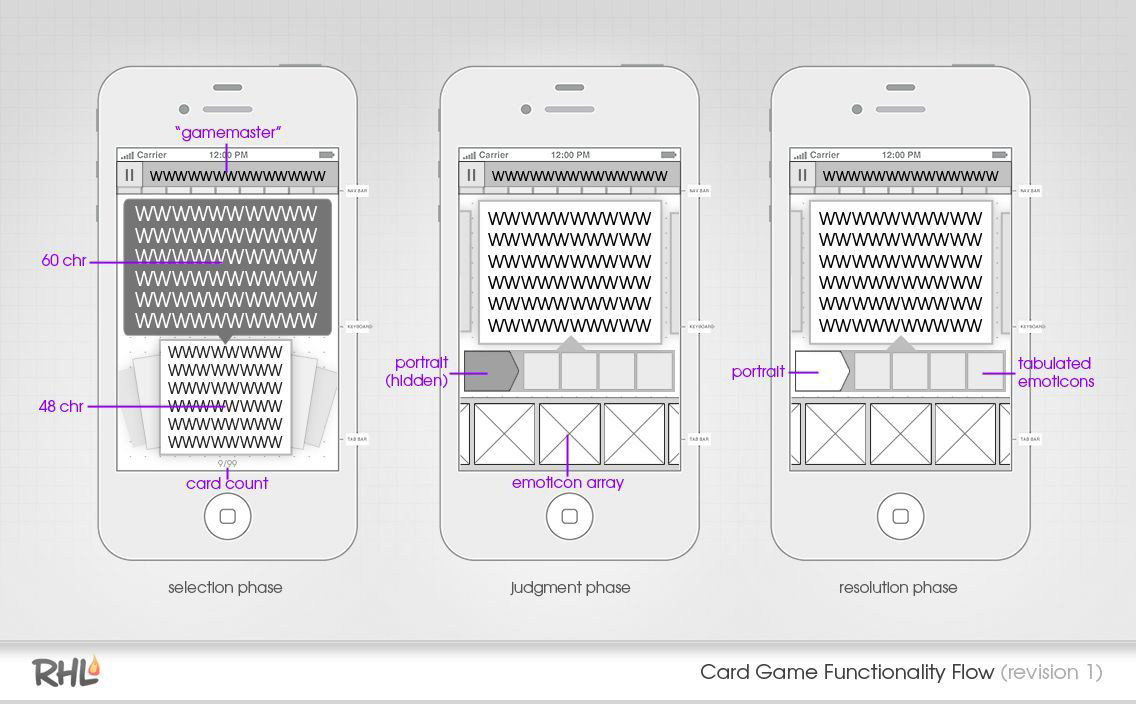
WHAT TO EXPECT DURING A UI UX DESIGN INTERVIEW
With contracts and chitchats being a natural part of my employment, I’ve found UI UX Design interviews rarely deviate in structure. You’ll meet with three-ish people, traditionally in this order: a frontliner, the Art Director, and lastly the team. Before you meet the team, however, it is very likely you’ll be given an art test.
When you interview, the Frontliner (HR, hiring manager, recruiter, pool boy) first vets if you’re, frankly, crazy or a liar. They are the due-diligence frontline of defense for the Company – and they will likely only go over your resume with you, not your portfolio. In Round 2, you’ll meet with the Art Director who will go over your portfolio with you, asking you soft-ball UI questions and open-ended queries about process and work history.
After round 2, you’ll likely be given an art test. If that makes the grade, you’ll meet with the Team as a perfunctory closing of the interview. If you’re meeting with the Team, you can take this as a good sign they are preparing an offer! (just don’t let hubris sneak up on you)
Nobody likes Art Tests, but they are an important element of vetting your skills and style on a project… at least, from the perspective of the studio. Art tests are kaleidoscopic in their intensity and subject matter. More often than not, you’ll be given a screen to shore up, animate, or put a unique spin on.
I wrote another Blog that contains real art tests as well as the basic beats of a Design interview. Give those art tests your all! It’s one thing to be rejected knowing you tried very hard. It’s quite another to fail and always wonder if you could’ve done more…
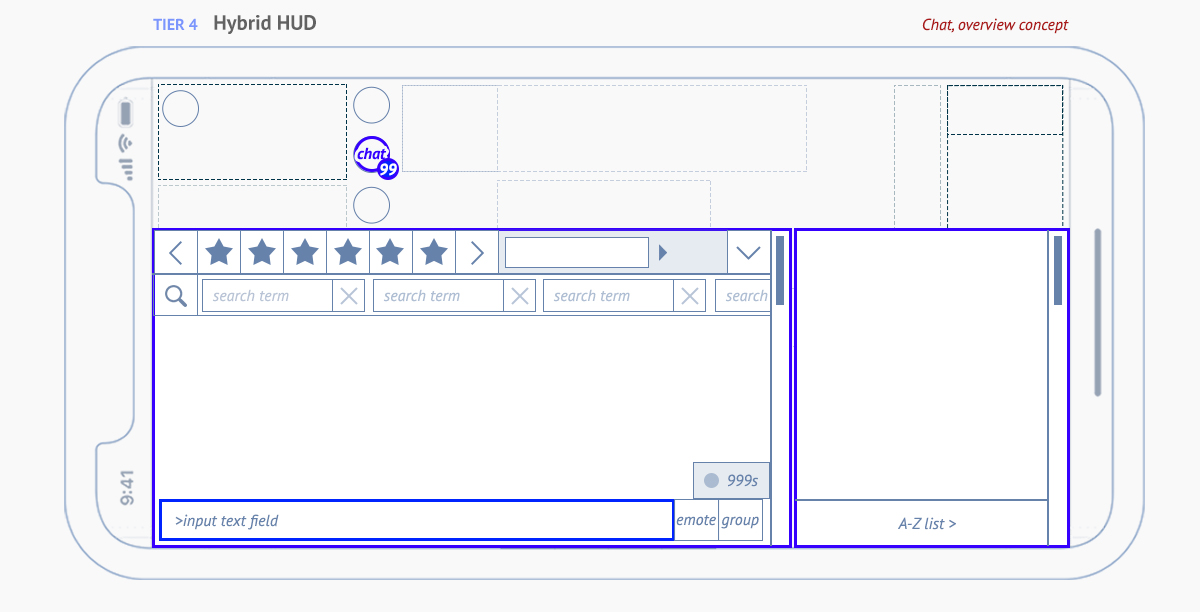
WHAT TO AVOID WHILE LOOKING FOR YOUR FIRST UI ARTIST JOB IN VIDEO GAMES
Whoo boy, this could fill an entire article all by itself. In general, entry-level UI Artists are the most susceptible to exploitation and abuse. That said, Senior-level talent may feel compelled to stay in an exploitative and abusive studio. There are professional perils at all skill levels that should be avoided while perusing Google, Job boards, or Recruiters.
On Google: Avoid non-game UI UX Design positions. I know, pandemic-y recession-y desperate times call for desperate measures. But in my experience, taking a corporate job always blows up in a game developer’s face. Corpo jobs rarely know how to work with a UI Artist if they’ve ever used one before, and the odds they’ve simply made a mistake with the job title is also distressingly high. Avoid carpet bombing all the jobs you see, especially the ones that aren’t local and clearly state they aren’t remote (mostly AAA jobs).
By default, assume video game studios want you in-house, regardless of modern health concerns. Avoid sleeping on Google for too long, as new UI UX Design jobs pop up daily. There will always be far more vanilla UX Design jobs than there will be game jobs, so don’t get discouraged. UI UX Design jobs pop up all the time!
On Job Boards: Stay away from “sweat shop” job boards like Fiverr and Upwork. People constantly undervalue and undercut each other’s work and payouts are Depression-era meager. I’ve also had very poor results with Angellist over the years. Avoid jobs posts that are more than two weeks old. Jobs are as perishable as bananas. The odds of a UI/UX Design position remaining unfilled after 14 days of active searching is unlikely. If it is, this can speak to a company that doesn’t know what it’s looking for, or hyper-accelerated turnover!
Avoid companies that seem to have the same UI UX position open for years. This means they are either too stringent in what they’re looking for, don’t know what they’re looking for, or also have a distressingly-high turn-over rate. Never work for equity. You’re making real art. You deserve real cash.
On Recruiters: Be expressive and clear on what you want and don’t want – like being emailed and never called – but do be nice! You are their golden goose, they’ll play ball. Avoid being rude or curt with recruiters. I rarely have encounters with the same recruiters over and over, but it’s a small town, and you don’t want to be known as one of the very few “difficult ones” Recruiters have to deal with. I bet you their town is even smaller.
That said, Recruiters will ghost you in a way that is both insulting and infuriating – and Industry etiquette demands that you not ask them follow up questions about your performance. It may bring your blood to a boil that the friendly guy or girl instantly stops talking when you are of no use to them – but by that same token – they are of no use to you now, too. Clean break.
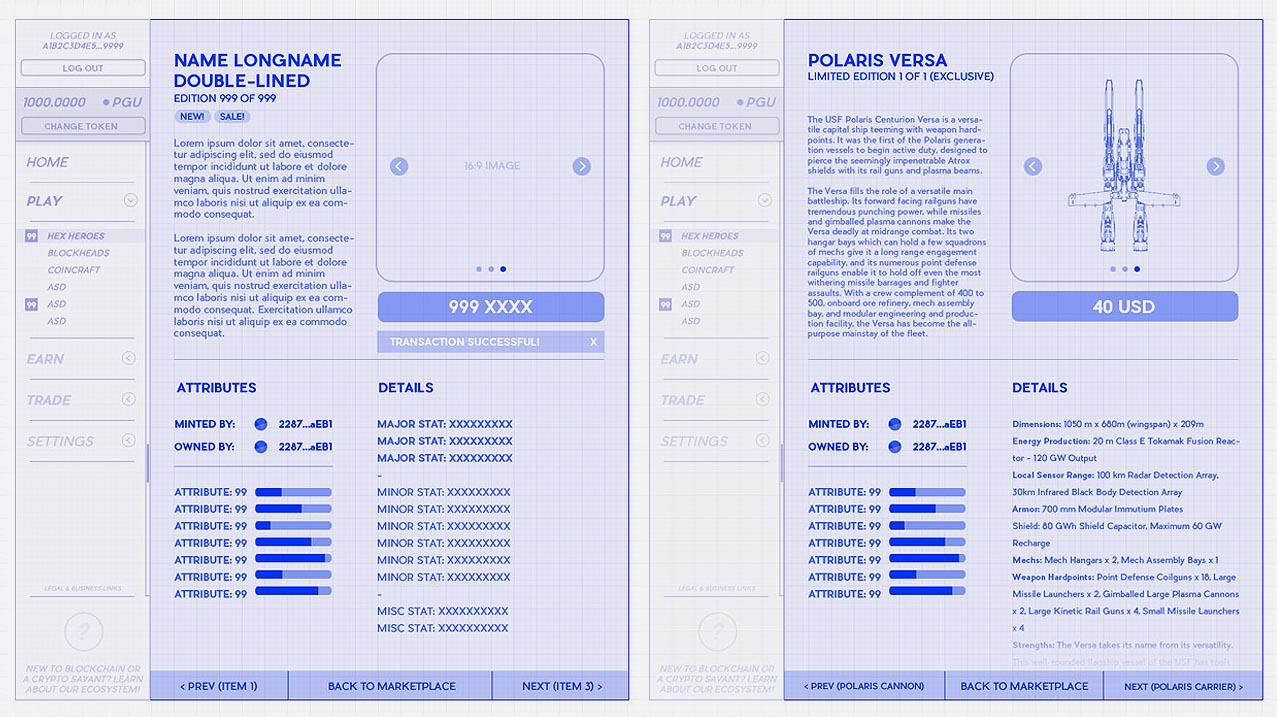
WHAT TO DO WHEN YOU GET REJECTED FROM A UI UX JOB (THAT YOU REALLY WANTED / NEEDED!)
Oh you betcha, you are gonna get turned down. Rejection comes in two distinct flavors: neglectful and authoritative.
Neglectful rejection is when you simply never hear back from the Studio after 30 days. By way of extreme examples: Blizzard is notorious for rejecting you half a year after your application. Assume that if you don’t hear back in 7 days, they don’t want you. Sorry.
Authoritative is getting a rejection letter, which lets you know in no uncertain terms, your opportunity at that company is as dead as Disco – and you can move on.
Let’s start with the obvious rules of rejection: Say. Nothing. Don’t write them back, don’t ask for feedback, don’t thank them and obviously(?) don’t complain. You’re done. Finito. Remember: rejection doesn’t just hurt, it unfuels. Give yourself a generous amount of time to grapple with that complete lack of motivation.
But also keep track of how long that sabbatical takes. If you’re back on the horse in a few days, that’s brilliant. If it takes you 2 months to even want to look at photoshop again, that’s untenable. But even knowing it takes you 2 months may instantly shave that number down to 1 month!
Of all the likely places you’ll be turned down during the application process, it will be with the Frontliner or the Art Test. The Frontliner will likely catch your inexperience with software (Unreal, Unity) or a show stopping bullet point left unchecked (won’t relocate, won’t travel, etc.). If you’re rejected here, it likely benefited everyone, including you, gentle reader.
The Art Test is far and away the moment where you will be iced out of consideration. Please, dear God, please pay attention to the directions of the Art Test, as it showcases just how many people can not follow basic instructions (but are applying for a detail-oriented job, smdh)
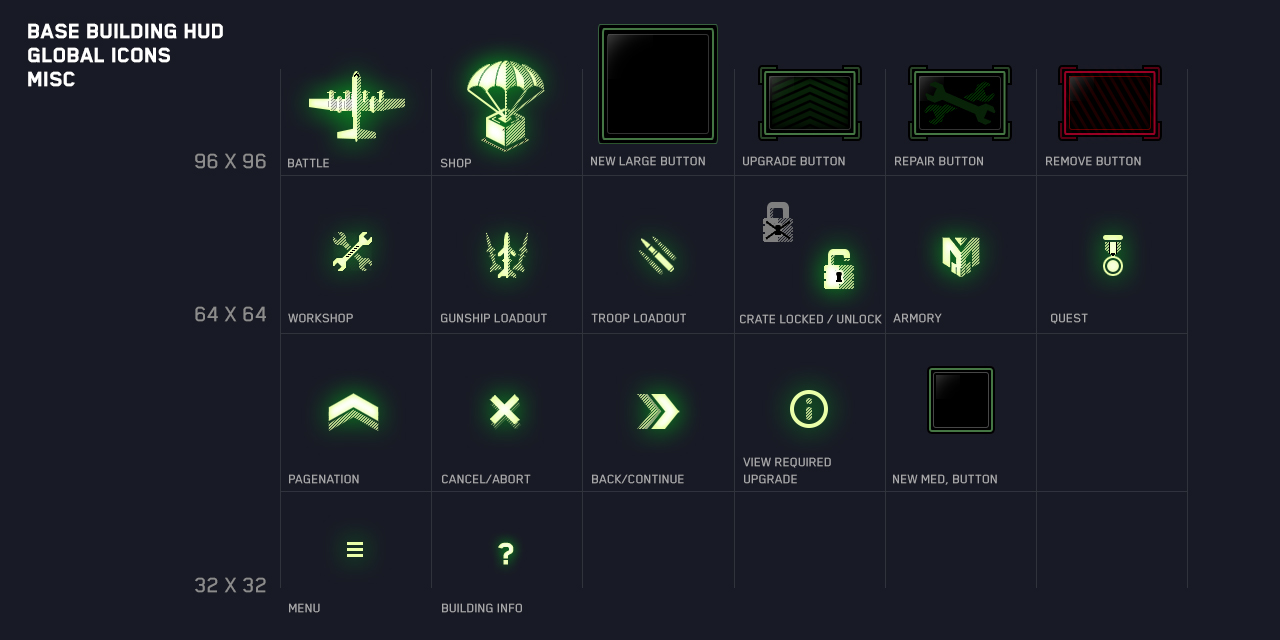
AND WHAT DO I DO IF I ACTUALLY GET MY FIRST VIDEO GAME DEVELOPER JOB?
Congratulations! No rejection letter for you – just lots of paperwork and a few celebratory grubhub deliveries… Actually, the real work starts once you get your first video game job; all real training is on-the-job training. Obviously it’s not just about getting the job, so let’s talk about how to keep it.
The first week is almost always spent pouring over the GDD (Game Design Document, a kind of wiki / bible for the project) and becoming intimately familiar with the material. Next, make sure you’ve got a natural cadence for deliverables.
A modern Agile / Scrum environment basically looks like Monday, set up the deliverables for Friday, Wednesday a midweek check-in, and End of Day Friday a presentation of your work to the team or Creative Director. Make sure you are playing the latest builds and are playing them often. Test your UI UX in context frequently.
Make sure you know who has the “veto” power on the team. Sometimes this will be obvious, like the Creative Director, since there is none higher. At other time it’s tricky: do you listen to the Art Director, the Engineer, the Designer…?
Finding out who has the Veto Power, aka, the one person who can tell you, “No, do it this way.” is the only real measurement of power on the team. This person, and only this person is your boss. You be generous with your time and attention to any critique, but remember: only the person with the veto-power’s opinion counts!
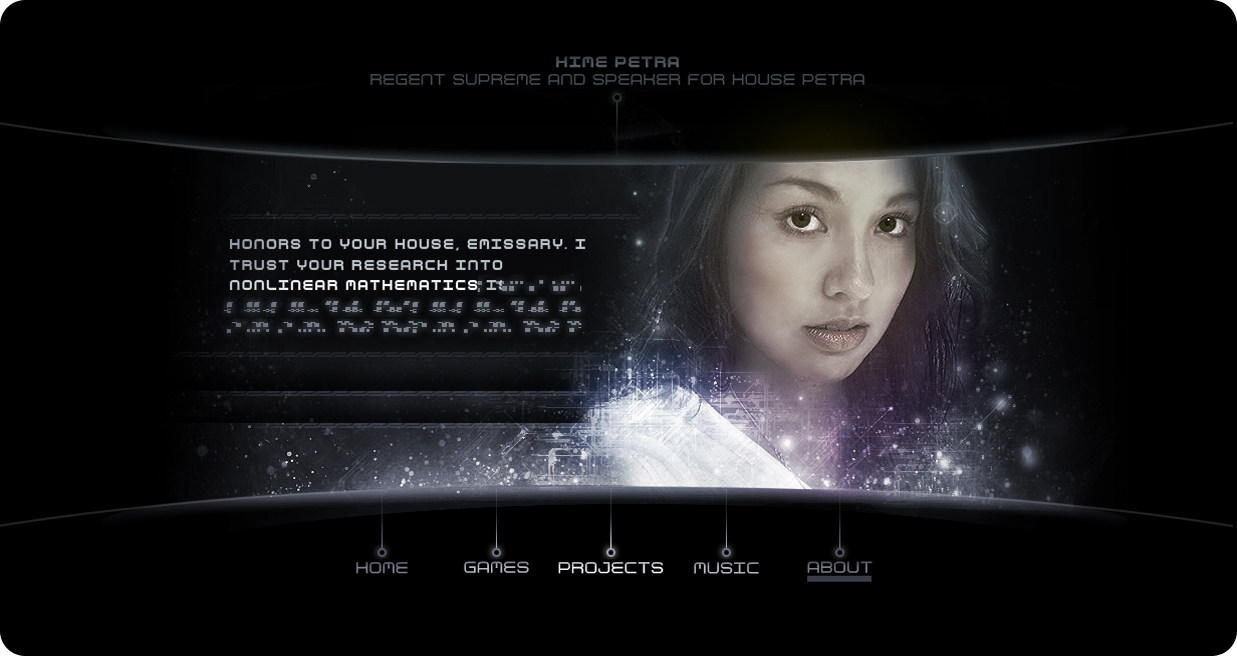
Breaking into the video game industry is challenging, absolutely – but hardly impossible. Thanks to this guide, you now have a slightly better understanding of the Industry, your place in it, and hopefully, where’d you’d like to end up in it.
Again, I can’t recommend a Mentorship hard enough to help you break in with the best chance possible. But if you can’t work around that unfair advantage, build your skillsets, help somebody just like you, and always work backwards from point B.
BREAK INTO THE VIDEO GAME INDUSTRY AS A UI ARTIST!
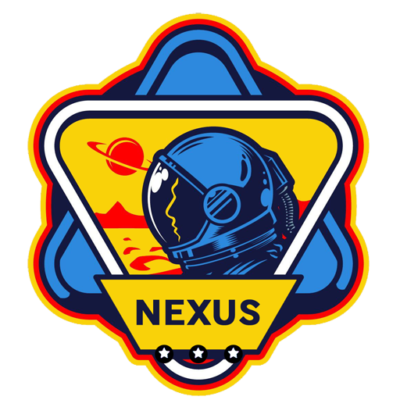
THE GAME UI UX DESIGN NEXUS
Hey there! I’m the guy that wrote this Blog. In addition to giving away lots of free information when nobody else is – I also run a 1-on-1 Mentorship program that teaches you how to break into the game Industry through UI Art and UX Design. With my program, everything is bespoke: the projects, the pacing, and the potential. If you’re tired of trying all on your own – or finally want to be part of the solution moving forward, check out my Mentorship program. Monthly and hourly consults available!
